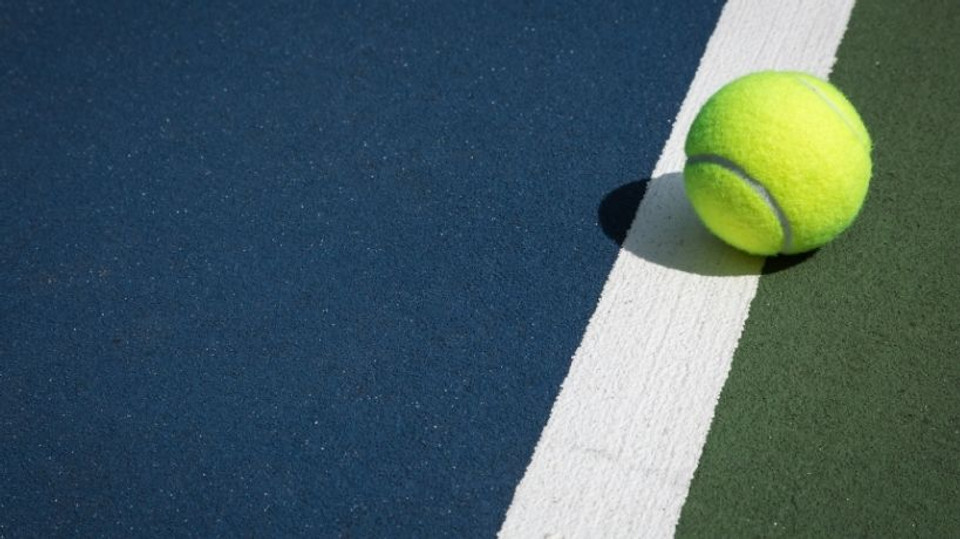
To become a better tennis player, you have to hone your skills. While this might sound obvious, some players find it hard to figure out the best approach for boosting their success on the court. If you want to grow as a player, consider implementing these tips for improving your tennis skills during every match.
Monitor Your Moves
The best way to improve yourself on the court is by identifying which skills you need to improve. When you find yourself fumbling a specific action, it’s always advantageous to practice it over and over until you get it right. Whether it’s an issue with your footwork or how you serve the ball, make a mental note of it during matches.
If you can, try to make improvements immediately to turn the tide of a match. Even if you can’t determine the exact issue in the moment, take some time after the match to practice the motion and study exactly where you’re going wrong. Among the many useful tennis court supplies that players should have, tools like Sweet Spot Trainers can help you fix a specific (and common) issue—off-center hits. Whichever problem you’re running into, routine practice is typically the best solution.
Monitor Your Opponent’s Moves
Identifying your opponent’s weaknesses is just as crucial as knowing your own. The same way you critique yourself, critique your opponent and use their flaws in your favor. Doing this during a match is important, but monitoring your opponent should begin sooner than that. Start taking note of the opponent’s weaknesses as early as the pre-match warm-up. That way, you have a better chance of starting the match with success instead of slip-ups.
Always Stretch Before Matches
If you don’t already stretch before each tennis match, you should make it a routine. Stretching before every match prepares your body for the repetitive motions it’ll be doing mid-game. Some of the best pre-match tennis stretches include arm circles, jumping jacks, light jogging, lunges, and shoulder rolls. It’s one of the best tips for improving tennis skills because it also helps prevent injuries in areas like the elbows, shoulders, and legs.

